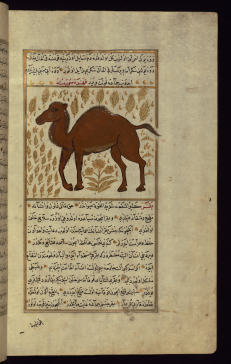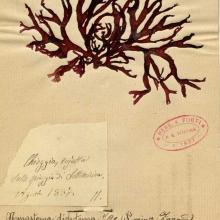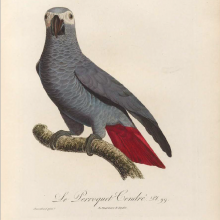This project examines how scientific knowledge production has mobilized and is mobilized by animals and animality. We inquire into how animal movements and mobility as scientific objects and as scientific means shape social difference and the environments humans and other animals inhabit together. The key analytic of mobility facilitates multiple strategies for understanding how animals contribute to the processes of making scientific knowledge and inter-human relations. Titled "Animal Mobilities," the project encompasses scientific investigations of animal motility and the translocation and migration of animals, as well as the selective strategies of mobilization and demobilization necessary to facilitate those investigations. Our intersectional papers test the boundaries of nature/culture and contest how mainstream scientific cultures perceive and center their own cosmologies to the exclusion of other ways of knowing and ordering the world.
The concept of mobility foregrounds three themes surrounding epistemic politics, power, and ethics in the study of the history of animal movements in science:
Theme 1: How do animals move?
Motility examines how the materialities of animal bodies in motion have mattered to the creation of various meanings about being animal. Analysis of relationship between materiality and motility enhances our historical understandings about noticing the phenomena of mobility.
Theme 2: What are the consequences of animal movement?
Animal irreverence to political boundaries cue questions about what kinds of knowledge move with animals in relation to humans, as well as how people tried to understand animals that move or made to move, physically, geographically, ecologically, and figuratively.
Theme 3: What knowledges result from the ways in which people move (and demobilize) animals?
Demobilization and arrest of the motility and movements of animals provide a scope for historical analysis into plural human processes of managing or interrelating with animals through technological, social, or environmental interventions. This theme lays the ground for further inquiries into how dehumanization plays a role in knowledge-making processes.
The 40th Osiris volume "Knowing Animals, Moving Animals" is the culmination of all the work done by the Working Group.



